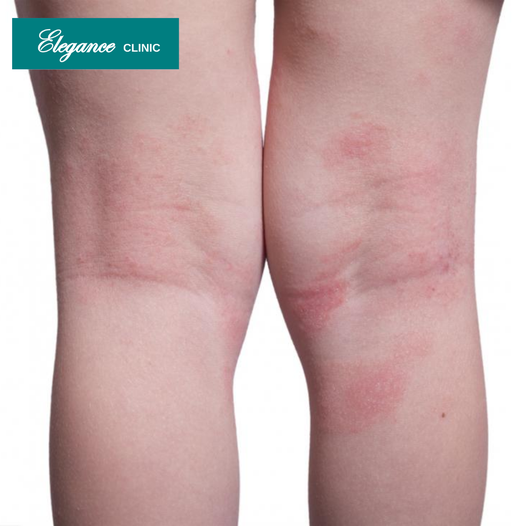Q: Why is there colour changes in the skin from eczema?
A: Eczema can cause two types of pigmentary skin changes: hypopigmentation and hyperpigmentation. Hypopigmentation is a loss of pigment or colour, usually presenting in patches that are lighter than a person’s skin tone. Hyperpigmentation refers to patches of skin that become darker than the skin surrounding them. Even after treatment for eczema, the skin may not return to its previous colour.
Darker skin patches, or hyperpigmentation, occurs as a result of inflammation. This triggers melanocytes to increase melanin synthesis, which is the process of making skin pigment. Although it is temporary, it can persist for months, but it does tend to last longer on dark skin tones.
Sunlight stimulates post-inflammatory pigmentation, so people should cover affected areas and use sun protection.
The increase in synthesis encourages the transferral of pigment to the epidermis, the top layer of the skin. If a person scratches or rubs the skin, this releases the melanin.
On the other hand, lighter skin patches, or hypopigmentation, can occur when an eczema flare-up is in the process of resolving. The lesions usually resolve in 1 year, but they can take 2–3 years to disappear.
There is no specific treatment for pigmentary skin changes. However, eczema is treatable in people of all skin types.
Hyper and hypopigmentation usually fade and resolve on their own. Using a moisturizing cream or ointment can help the dryness, and sun protection will prevent hyper and hypopigmentation patches from worsening.
If a person’s eczema or pigmentation is not resolving on its own, they can contact a doctor or dermatologist to establish a treatment plan.

